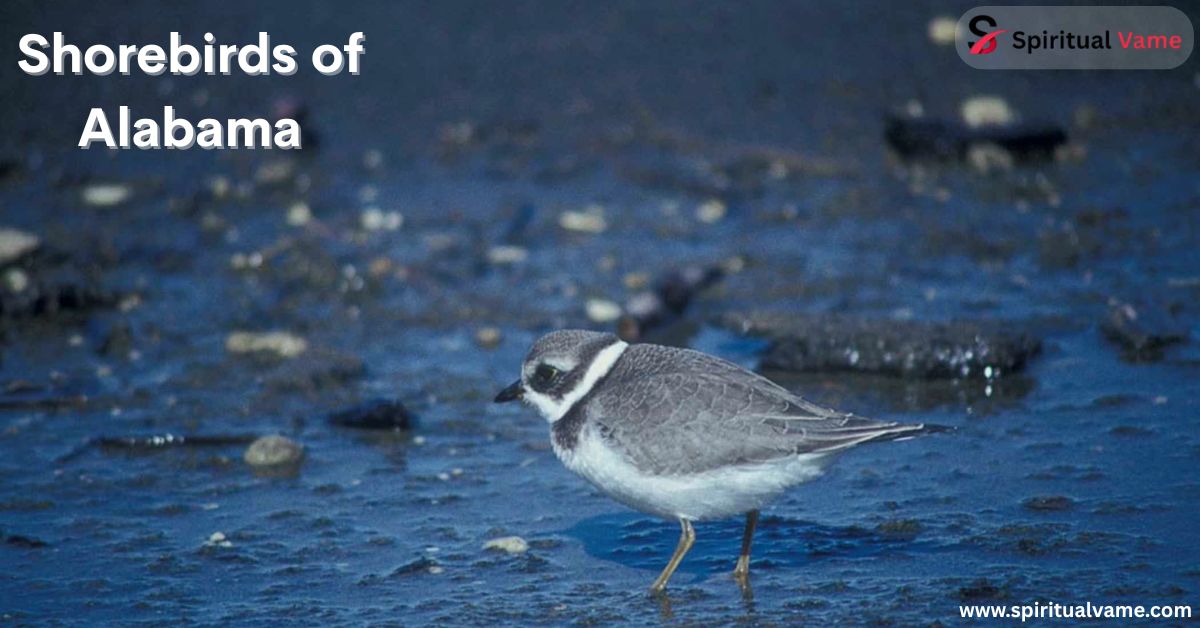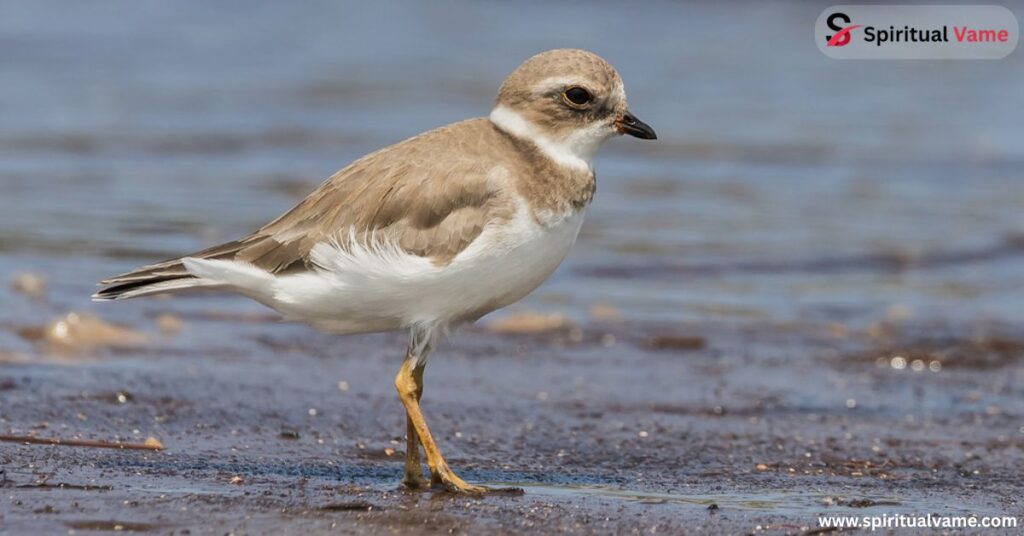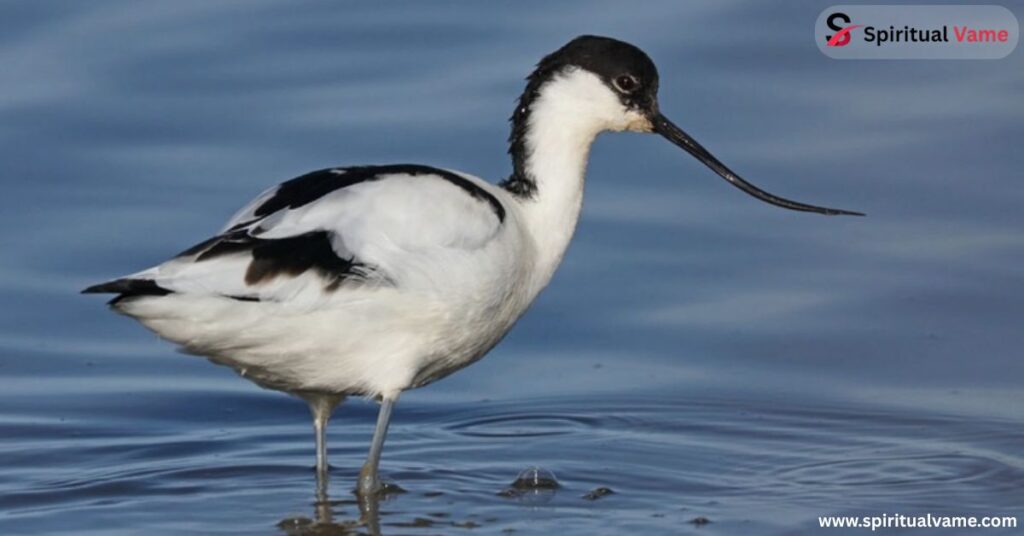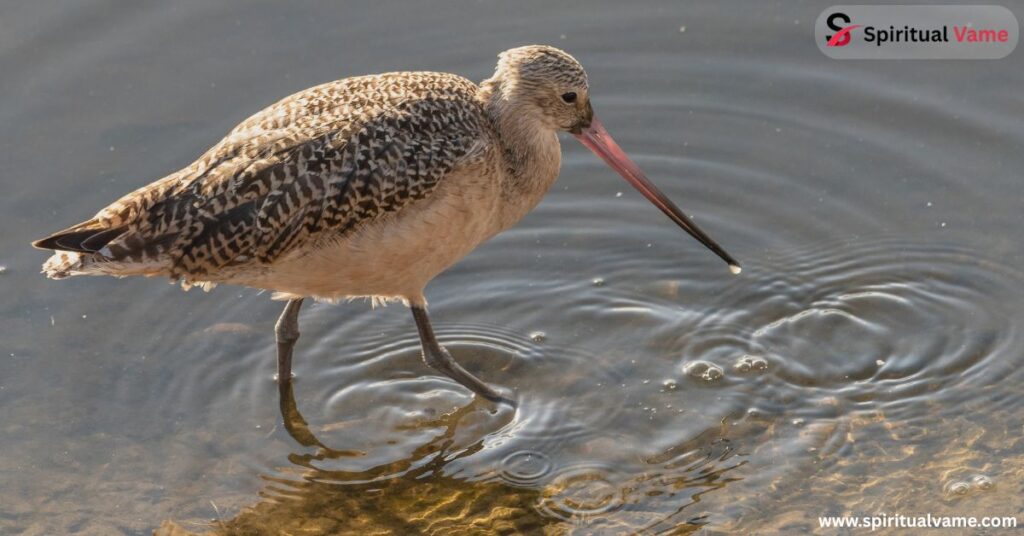
If you’ve ever wandered along the Gulf Coast beaches or through the marshes of Alabama, chances are you’ve caught a glimpse of those quick-footed, long-legged birds darting along the shorelines. These fascinating creatures are known as shorebirds, and Alabama’s rich mix of tidal flats, wetlands, and estuaries makes it a prime stopover for many of them during migration seasons. From foraging for tiny invertebrates in the sand to performing lively courtship displays, shorebirds are a joy for birdwatchers and nature lovers alike.
The state’s diverse coastal habitats welcome everything from the petite Least Sandpiper to the striking American Avocet. These birds often travel remarkable distances, with some migrating from the Arctic tundra all the way to South America. The plumage of these species can change dramatically between breeding and winter seasons, which adds another layer of excitement to identifying them. Whether you’re scanning mudflats or walking quiet beaches, Alabama’s shorebird diversity is truly impressive.
Common Shorebirds In Alabama

Among the commonly seen shorebirds in Alabama, several stand out for their quirky behaviors and striking looks. The SemipalmatedPlover is a charming little bird often seen darting about tidal areas. The familiar KilldeerCharadriusvociferus, on the other hand, prefers dry, open habitats and is known for its loud calls and dramatic “broken wing” act to distract predators from its nest.
Adding a dash of elegance is the Black-neckedStiltHimantopusmexicanus, tall and slender with bubblegum-pink legs. The sophisticated AmericanAvocet steals the show with its upturned bill and cinnamon-toned plumage. Then there’s the GreaterYellowlegs and its smaller twin, the Lesser Yellowlegs. Their bright yellow legs and piercing calls make them a delight to spot on any checklist.
Next up, the Spotted Sandpiper breaks the mold by having females that initiate courtship displays—rare among shorebirds. The no-nonsense Willet, adaptable Ruddy Turnstone, and sleek Dunlin add further diversity. Alabama also welcomes the minuscule Least Sandpiper, famously the smallest shorebird on the continent.
Completing the cast are the migrating Long-billed and Short-billed Dowitchers, secretive Wilson’s Snipe, plump American Woodcock, and the shimmering Black-belliedPloverPluvialissquatarola. Frequent flyers like the American Oystercatcher and globe-trotting RedKnot round out this impressive list, giving birders plenty to enjoy.
1. Semipalmated Plover
The SemipalmatedPloverCharadriussemipalmatus is a tiny but tough little bird that makes its presence known across Alabama’s tidal flats and beaches. Despite its small size, this bird is easily spotted by its bold black neckband and orange bill tipped with black. It’s a true shorebird, built for foraging along muddy edges and lagoon areas where it hunts for small invertebrates, worms, and crustaceans.
During the migration seasons, thousands of these plovers pass through Alabama from their Arctic breeding grounds, traveling as far south as South America. Their nests are simple scrapes in gravel or sand, often just above the high tide line. Semipalmated Plovers can be seen pecking quickly along the shoreline, their short bills darting into the sand in search of food.
2. Killdeer
Unlike most shorebirds in Alabama, the KilldeerCharadriusvociferus often turns up in the least expected places. Open fields, gravel parking lots, and even playgrounds can serve as their chosen habitat. Recognizable by their twin black breast bands and noisy, high-pitched call, Killdeer are known for their dramatic “broken-wing” act, a clever trick used to lure predators away from their nests.
These birds aren’t picky about where they settle, provided there’s a good patch of open ground. While they may not hang out on the beach like the Willet or SanderlingCalidrisalba, they remain an essential part of Alabama’s shorebird community. Killdeer often feed on insects, worms, and even the occasional berry when available.
3. Black-necked Stilt
There’s no mistaking the striking Black-neckedStiltHimantopusmexicanus when it strides through a shallow wetland. With impossibly long pink legs and contrasting black and white plumage, this elegant shorebird is a favorite among birdwatchers in Alabama. You’ll find them in estuaries, marshes, and tidal flats, typically in small colonies.
These birds are known for their high-pitched yelping calls and defensive behavior during the breeding season. They’ll boldly chase away predators to protect their nests, which are often little more than shallow scrapes lined with bits of grass and shells. Their slender black bills make them expert at picking small invertebrates from the water.
4. American Avocet

The graceful AmericanAvocetRecurvirostraamericana looks like it belongs in an art gallery. With its slender, upturned bill and rust-colored head during breeding season, it’s one of Alabama’s most striking shorebirds. These birds prefer shallow wetlands and mudflats, where they sweep their bills side to side through the water to catch small aquatic insects, mollusks, and crustaceans.
Known for their elaborate courtship displays, pairs perform synchronized dances before nesting in open areas near water. During migration, you might spot these long-legged beauties resting along the coastline or in estuaries as they journey between North America and their winter homes farther south.
5. Greater Yellowlegs
Another tall, elegant visitor to Alabama is the GreaterYellowlegsTringamelanoleuca. Recognizable by its bright yellow legs and long, slightly upturned bill, this species loves open marshes, mudflats, and wet meadows. Often seen wading through shallow waters, Greater Yellowlegs forage by jabbing their bills into the mud for small fish, invertebrates, and insects.
These shorebirds are known for their loud, clear calls, especially when alarmed. During migration, they travel long distances between breeding grounds in Alaska and winter habitats in the southern United States, South America, and beyond.
6. Lesser Yellowlegs
Close in appearance to its larger cousin, the Lesser Yellowlegs shares the same bright legs and sleek shape. It’s slightly smaller, with a finer bill and a more delicate build. Found in similar habitats—tidal flats, marshes, and flooded fields—this shorebird moves gracefully through shallow waters in search of invertebrates and small fish.
During migration, flocks of Lesser Yellowlegs can be seen refueling in Alabama’s wetlands before continuing their journeys to South America. Their quiet, gentle calls distinguish them from the noisier Greater Yellowlegs.
7. Spotted Sandpiper
Unlike most shorebirds in Alabama, the female Spotted Sandpiper takes the lead when it comes to courtship displays and defending territory. These small, slender birds have brown upperparts and distinct black spots across their white bellies during breeding season.
Found along riverbanks, lakeshores, and tidal flats, Spotted Sandpipers are famous for their teetering behavior, constantly bobbing their tails as they walk. Their nests are simple scrapes hidden among grass and moss, and their diet consists of insects, crustaceans, and small invertebrates.
8. Willet

The Willet Tringase mipalmata is a stocky, grayish shorebird that’s surprisingly bold for its plain appearance. It becomes most impressive when it takes flight, revealing striking black and white wing patterns. Willets are regulars along Alabama’s beaches, mudflats, and marshes, where they forage for mollusks, crustaceans, and small fish.
During the breeding season, their loud, piercing calls fill the air, especially when defending territories. These adaptable birds can be found from salt marshes to tidal lagoons and often nest on the ground in hidden scrapes lined with vegetation.
9. Ruddy Turnstone
The rugged RuddyTurnstone lives up to its name, flipping over stones, shells, and debris in search of food. With a bold black and white pattern and rust-colored back in breeding plumage, these sturdy birds are often seen scurrying along rocky beaches and coastal mudflats.
They’re versatile feeders, eating everything from insects to berries, and even bits of shellfish. During migration, Ruddy Turnstones pass through Alabama in impressive numbers, part of their long trek from Arctic breeding grounds to South America.
10. Sanderling
The tiny, energetic SanderlingCalidrisalba is a classic sight on Alabama’s beaches. You’ll spot these pale, ghost-like birds chasing retreating waves, pecking furiously at the wet sand for invertebrates, worms, and tiny crustaceans. Their quick, darting movements and constant back-and-forth running give them a restless personality that’s fun to watch.
During the migration season, large flocks of Sanderlings sweep through the Gulf Coast, traveling between their Arctic breeding grounds and South America. In summer, they trade their pale gray plumage for a handsome, rusty-toned breeding coat, blending perfectly with Alaskan tundra landscapes. In Alabama, though, they’re usually seen in their winter colors, busy along the tidal flats.
11. Piping Plover
One of the most delicate and endangered shorebirds in Alabama is the PipingPlover. These small, sandy-colored birds with orange legs and a short, stubby bill are a rare but precious sight along Alabama’s beaches and tidal flats. Known for their gentle, peeping call, Piping Plovers prefer quiet, open stretches of sand where they can nest in simple scrapes.
The Piping Plover population has faced serious threats from human disturbance, habitat loss, and predators. Conservation efforts along the Gulf Coast include fencing off nesting areas and placing warning signs to protect these birds during the critical breeding season. Every sighting of a PipingPlover is a reminder of how fragile coastal ecosystems can be.
12. Snowy Plover
Another charming and somewhat elusive bird is the SnowyPloverCharadriusnivosus. These pale little shorebirds are well-camouflaged against the light sands of Alabama’s beaches. They build shallow nests right out in the open and depend on their subtle coloring to avoid predators.
Snowy Plovers are ground nesters and extremely vulnerable during the breeding season, especially to disturbance from beachgoers and off-road vehicles. Like the PipingPlover, their numbers have been in decline, and they benefit from active conservation measures across the United States..
Conclusion
Shorebirds of Alabama live near beaches, bays, and marshes. These birds have long legs and beaks. Shorebirds of Alabama walk in the sand and water to look for food. They eat insects, crabs, and small fish. Many people enjoy watching shorebirds of Alabama. These birds are calm and beautiful.
Shorebirds of Alabama come in many shapes and sizes. Some stay all year, and some visit during migration. Shorebirds of Alabama are important for nature. They help keep the beach clean by eating pests. Shorebirds of Alabama need safe places to live and rest. Protecting shorebirds of Alabama helps the whole environment stay healthy and strong. Shorebirds of Alabama are a treasure.



